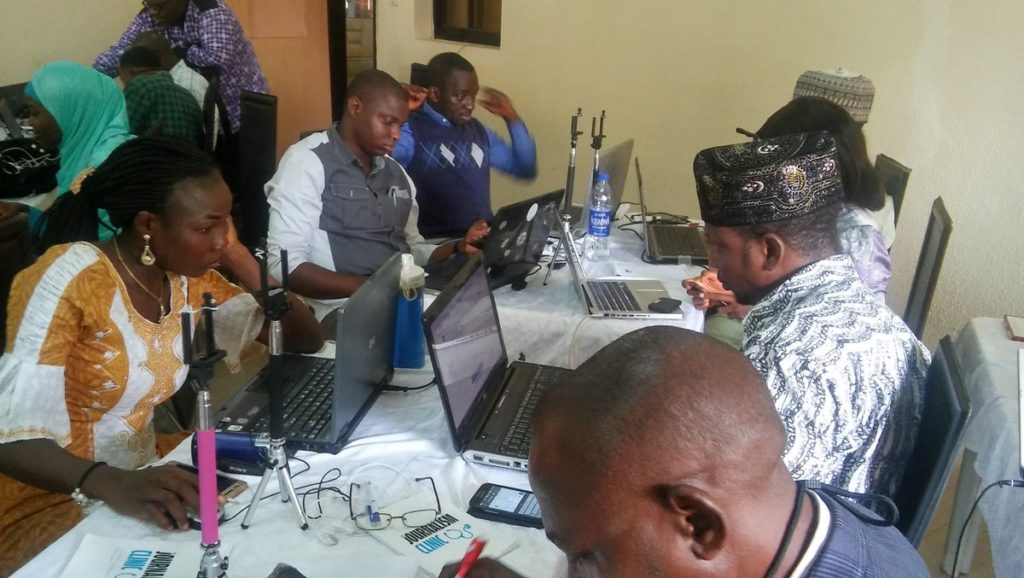Lekan Otufodunrin, media career development specialist writes on what it takes to be a journalist in the new media age.
A day ahead of 2018 International Women’s Day celebration, (IWD) I asked a young female journalist what her plans were for the day.
Surprised by the question which she never expected, she responded that she was likely to be assigned to cover any of the events planned to mark the day by some organizations.
“As a female journalist, you should have your own plan for the day” I said ignoring her confused facial expression which l interpreted to mean,” Editor what are you talking about. Here you come again with one of those your thinking out of the box stuff. Please leave me alone”
“Do you have a Twitter account?” I further asked to suggest one of the least things she could do to mark the IWD.
“Yes I have, but I don’t use” the young lady replied, hoping I will let her go, but I was not done with her yet.
“Do you know the theme of the Day?” I quizzed, “Not exactly,” she answered expectedly.
Instead of holding her hostage with my embarrassing questions, I agreed to let her go, but on the agreement that she should read up about the IWD and come back to discuss with me before the end of the day on what I had in mind for her to do.
She did not return for the discussion. As far as she was concerned, I can keep my ideas to myself and allow her do just her routine bit.
The female journalist is a typical journalist who thinks there is no need to do anything beyond the usual assigned tasks. The typical journalist is contented with covering assignments and writing few paragraphs stories. He or she is not interested in coming up with any personal initiative about her beat or major events like the IWD. They are not inspired by the assignments and people they cover.
Being a good journalist in 2018 and beyond and remaining relevant will require more enterprising mindset.
Instead of being contented with only basic reporting on assigned beats, journalists of today must TRULY be master of their beats and know something SIGNIFICANT about other areas of public interest.
The expertise and wide knowledge must be showcased whenever there is an opportunity like the IWD which I tried unsuccessfully to get my young colleague interested in.
Unlike before when there were limited opportunities to exhibit what we know and what we are capable of doing on our local and national platforms, the Internet offers us global options.
We are no longer supposed to be limited by the available space in our papers and airtime for broadcast stations. Today’s journalists must be able to creatively generate contents and engage with local and global audience.
Journalists who remain traditional in showcasing their skills does so at his or own risk of missing out in new opportunities in the present world of journalism without boarders.
Back to my young lady, with her Twitter account, she could have shared some IWD related tweets to add her voice to the global discourse on the day of the celebration or re-tweet major tweets.
A female journalist who heeded my advice got many re-tweets and followers.
Social media following is one of the new major determinants of how influential a journalist is. Organisations want to hire or retain journalists who understand the multi-media dimension of present day media practice.
She could have written a piece on this year’s theme which is #Pressforprogress for her paper, website, personal blog or Facebook post. She could have shared pictures of some accomplished women on Instagram or record and share short videos of women on the theme.
She could have covered one of the numerous programmes held to mark the day and take more than journalism interest in the event. Life after journalism requires that we know what it takes to organise major events and run organizations.
Notwithstanding the impact of the disruptive new media technologies, journalists who will survive in and out of full employment and continue to be relevant in the industry are those who are innovative and ready to expand the scope of traditional media practice.


